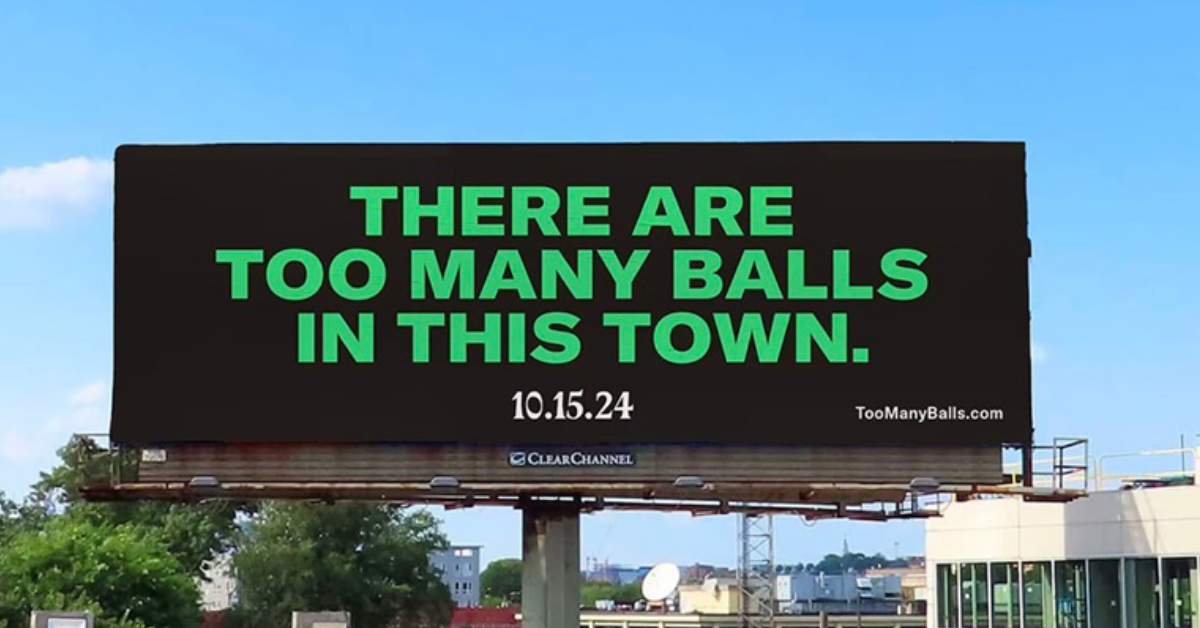#AlexfromTarget. We’ve probably all heard of Alex LaBeouf by now. He’s the teenaged Target employee, and newly crowned king of the internet, whose silken hair and 32 inch chest sent tween girls reeling when this photo was tweeted on Sunday. (Click the link if you want to feel really old.)
After the hashtag #AlexfromTarget exploded, British agency Breakr took responsibility for the photo’s massive success on LinkedIn, originally claiming that they both employed the Tweeter and created the viral hashtag.
Of course, the online community wasn’t thrilled with this news. Explore the week’s Twitter conversation, and you’ll see firsthand that users felt disappointed, duped, and “manipulated” by marketers upon learning that the photo of Alex wasn’t published by a regular ‘ol person.
Breakr later tempered claims, saying that it caused the content to go viral after it was published, but employed neither Alex nor the fan who shared his photo initially. (Target, by the way, had nothing to do with this whole thing.)
At face value, the whole saga verges on absurd. Nevertheless, I think it illustrates an important truth that marketers must understand. That is, viral content loses its luster the second consumers detect deceit. Breakr’s alleged versus actual involvement with the #AlexFromTarget phenomenon is beside the point. What matters is fans’ overwhelmingly negative reactions to the news that the content’s source wasn’t what they’d been led to believe it was.
So, what’s the practical takeaway, here? After all, promoting brands through viral content and social media influence are kind of the holy grail of marketing right now. Still, thrusting brands into social media limelight isn’t worth alienating a loyal following.
Fortunately, I think it’s possible to go viral and maintain trust between brands and consumers. Here’s how.
- Make your involvement known. Don’t hide the fact that your company is behind the content. Brand it. Coach influencers on how, and when, to involve appropriate disclaimers. Afraid product placement and branding will diminish shareability? Forbes says, not to worry. A heavy hand when it comes to branding doesn’t hinder succcess from viral content giants like GoPro and Coca-Cola.
- Take part in the conversation. Don’t lurk in the shadows. Be an active participant in the online conversation surrounding your content by launching it on your own channels, responding to followers’ feedback, and taking ownership of the project from the outset.
- Content market with purpose. Dil-Domine Leonaries, founder and CEO of Breakr, positioned #AlexFromTarget as a way to “see how powerful the fangirl demographic was by taking an unknown good-looking kid and Target employee from Texas to overnight viral internet sensation.” I don’t care if the target is twelve-year-old girls. They’re people. And people do NOT like being subject to social behavior studies without their consent. (Cough, Facebook.) Instead, serve content that benefits the target audience, not exploits them.
As far as I can see, people aren’t against brands serving fun, engaging viral content. They just want it to be transparent. And, apparently, totally dreamy.




